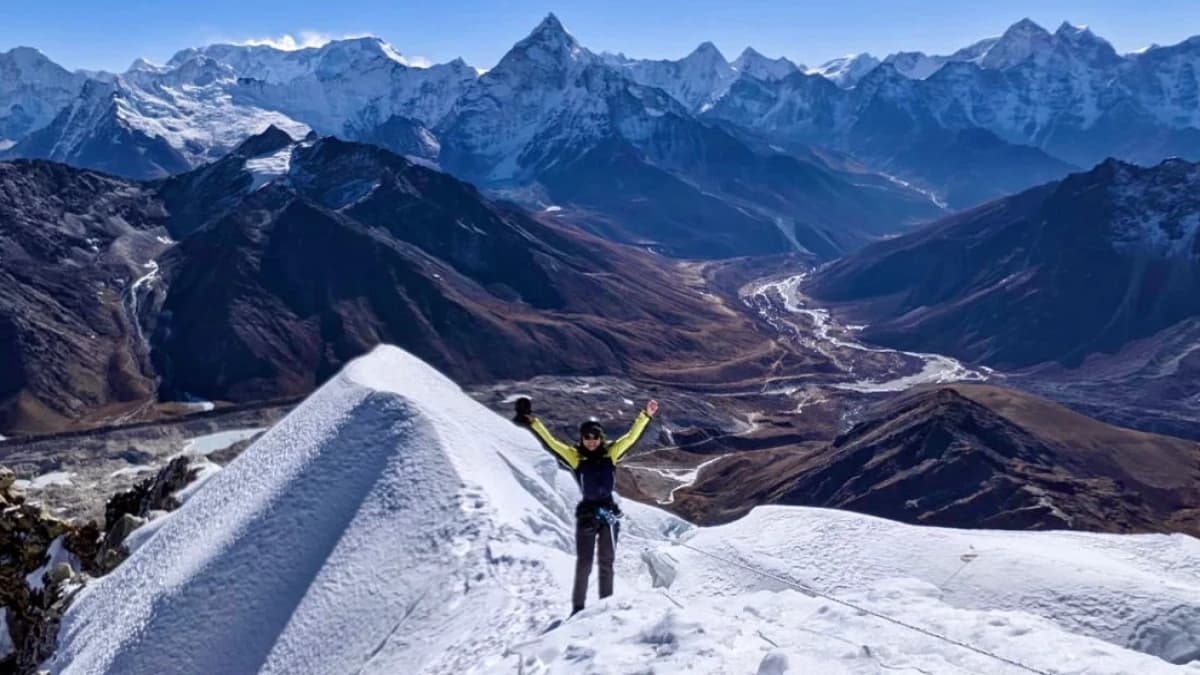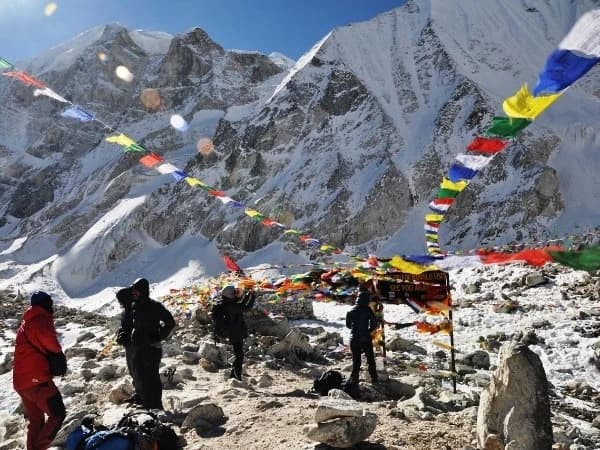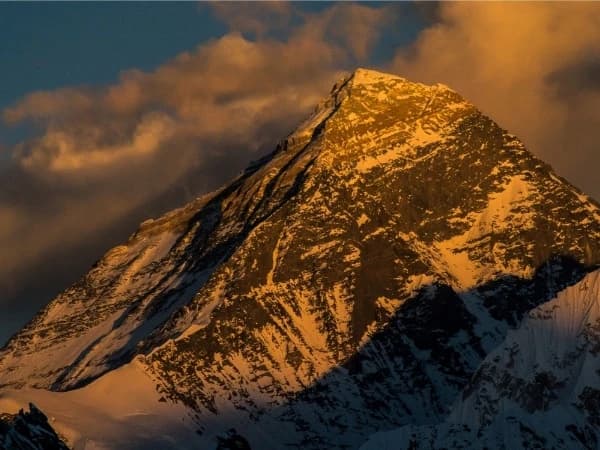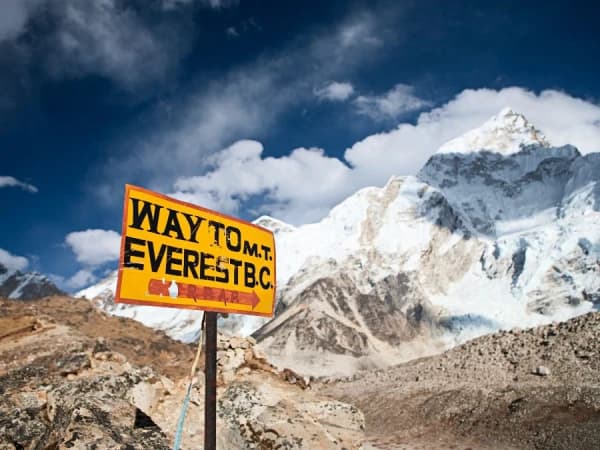When it comes to trekking and climbing in the majestic Himalayas, Island Peak and Lobuche Peak stand out as two iconic destinations for mountaineers seeking adventure.
Island Peak Climbing vs. Lobuche Peak Climbing: A Comparative Guide for Adventurous Souls
When it comes to trekking and climbing in the majestic Himalayas, Island Peak and Lobuche Peak stand out as two iconic destinations for mountaineers seeking adventure. Both peaks offer unique experiences and challenges, making them popular choices for climbers aiming to explore the high-altitude landscapes of Nepal. This guide delves into the distinctive features of Island Peak and Lobuche Peak climbing, helping you decide which adventure suits you best.
Island Peak Climbing
Island Peak, also known as Imja Tse, rises to 6,189 meters (20,305 feet) in the Khumbu region of Nepal. It was named for its resemblance to an island surrounded by ice when viewed from Dingboche. Climbing Island Peak offers an exhilarating experience for those aiming to step into the world of high-altitude mountaineering.
Route and Climbing Experience
The most common route to Island Peak Climbing begins from Lukla, following the Everest Base Camp trail to Dingboche. From there, climbers head towards Island Peak Base Camp, which serves as the launchpad for the summit attempt. The ascent involves a mix of trekking and technical climbing, including glacier travel and ice wall climbing.
The final push to the summit requires scaling a steep ice wall, which adds a technical element to the climb. Using crampons, ice axes, and ropes is essential for navigating the glacier and summit ridge. Despite its technical aspects, Island Peak is considered a challenging yet attainable peak for those with prior trekking experience and basic climbing skills.
Preparation and Training
Proper preparation is key to a successful ascent of Island Peak. Climbers should undergo physical conditioning and acclimatization, ideally through trekking to Everest Base Camp or similar high-altitude treks. Familiarity with ice climbing techniques and crevasse rescue is also recommended. Many climbers opt for guided expeditions, which provide the necessary equipment and expertise for a safer and more enjoyable experience.
Highlights and Challenges
Island Peak offers breathtaking panoramic views of some of the world's highest peaks, including Everest, Lhotse, and Makalu. The climb itself is a test of endurance and skill, with the final ascent providing an adrenaline rush as climbers tackle the icy summit ridge. However, the altitude and weather conditions can pose significant challenges, making acclimatization and preparedness crucial.
Lobuche Peak Climbing
Lobuche Peak, standing at 6,119 meters (20,075 feet), is another prominent peak in the Khumbu region. It is divided into two summits: Lobuche East and Lobuche West, with Lobuche East being the most frequently climbed of the two. The peak is often chosen by climbers looking for a slightly less technical ascent compared to Island Peak.
Route and Climbing Experience
The journey to Lobuche Peak also starts from Lukla, following the Everest Base Camp trail but diverging towards Lobuche. The climb typically involves reaching Lobuche Base Camp and then ascending the peak via a glacier and a rock face. While less technical than Island Peak, Lobuche Peak still requires some degree of climbing expertise, particularly on the summit ridge.
The ascent involves crossing a glacier and ascending a steep, exposed rock section. The final part of the climb includes negotiating a narrow ridge leading to the summit. Although the climb is considered less demanding than Island Peak, it still requires climbers to be proficient in using climbing gear and navigating icy terrain.
Preparation and Training
Climbers preparing for Lobuche Peak should focus on building endurance and strength, as the climb demands physical stamina. Prior experience in high-altitude trekking and basic climbing skills are beneficial. As with Island Peak, acclimatization through treks such as the Everest Base Camp trek is crucial to mitigate the risks associated with high-altitude climbs.
Highlights and Challenges
Lobuche Peak climbing provides stunning views of the surrounding Himalayan peaks, including Everest, Lhotse, and Nuptse. The climb is often appreciated for its less technical nature compared to other peaks, making it a viable option for those who may not have extensive climbing experience but are still seeking a high-altitude adventure. However, weather conditions and the risk of altitude sickness remain significant challenges.
Comparative Analysis
Technical Difficulty
Island Peak is generally considered more technical than Lobuche Peak. The ascent of Island Peak involves navigating ice walls and glacier sections, requiring proficiency with climbing gear. In contrast, Lobuche Peak, while still demanding, has a less complex technical profile and is often chosen by climbers who seek a high-altitude experience with fewer technical obstacles.
Scenery and Views
Both peaks offer spectacular views of the Himalayas, but Island Peak’s location provides a particularly dramatic vantage point over the Everest region. The summit of Island Peak allows climbers to view Everest, Lhotse, and Makalu from a unique perspective. Lobuche Peak also offers impressive views, though its vantage point is more focused on the Everest and Lhotse ranges.
Physical and Mental Preparation
Both climbs require solid physical conditioning and mental resilience. Island Peak demands more technical preparation and climbing skills, whereas Lobuche Peak is more accessible to those with basic climbing experience and physical fitness. Acclimatization and proper preparation are essential for both peaks to handle the altitude and potential weather challenges.
Experience and Guiding
Guided expeditions are available for both Island Peak and Lobuche Peak, offering support with logistics, safety, and technical guidance. For climbers new to high-altitude climbing, opting for a guided expedition can enhance the experience and ensure a safer ascent.
Conclusion
Island Peak and Lobuche Peak each offer unique climbing experiences in the stunning Himalayas. Island Peak stands out for its technical challenges and breathtaking views, making it a sought-after peak for those with climbing experience. Lobuche Peak, on the other hand, provides a less technical climb with equally stunning vistas, appealing to climbers looking for a rewarding high-altitude adventure without the extreme technical demands.
Ultimately, the choice between Island Peak and Lobuche Peak will depend on your climbing experience, physical conditioning, and personal preferences. Both peaks offer unforgettable experiences and the chance to explore the rugged beauty of the Khumbu region, making them exceptional choices for any mountaineer seeking adventure in the Himalayas.





